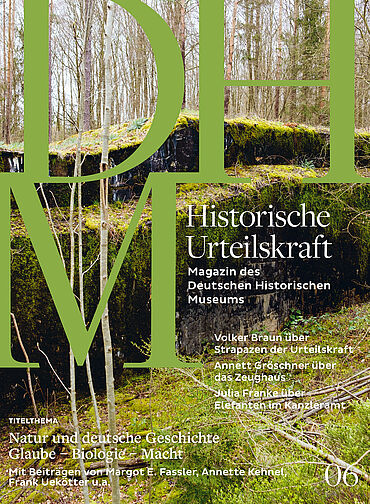![[Translate to English:] Mehrere Personen befinden sich in einem Foyer eines Museums](/assets/_processed_/a/3/csm_StefanieLoos_SL20241121d0113__a9a73c593d.jpg)
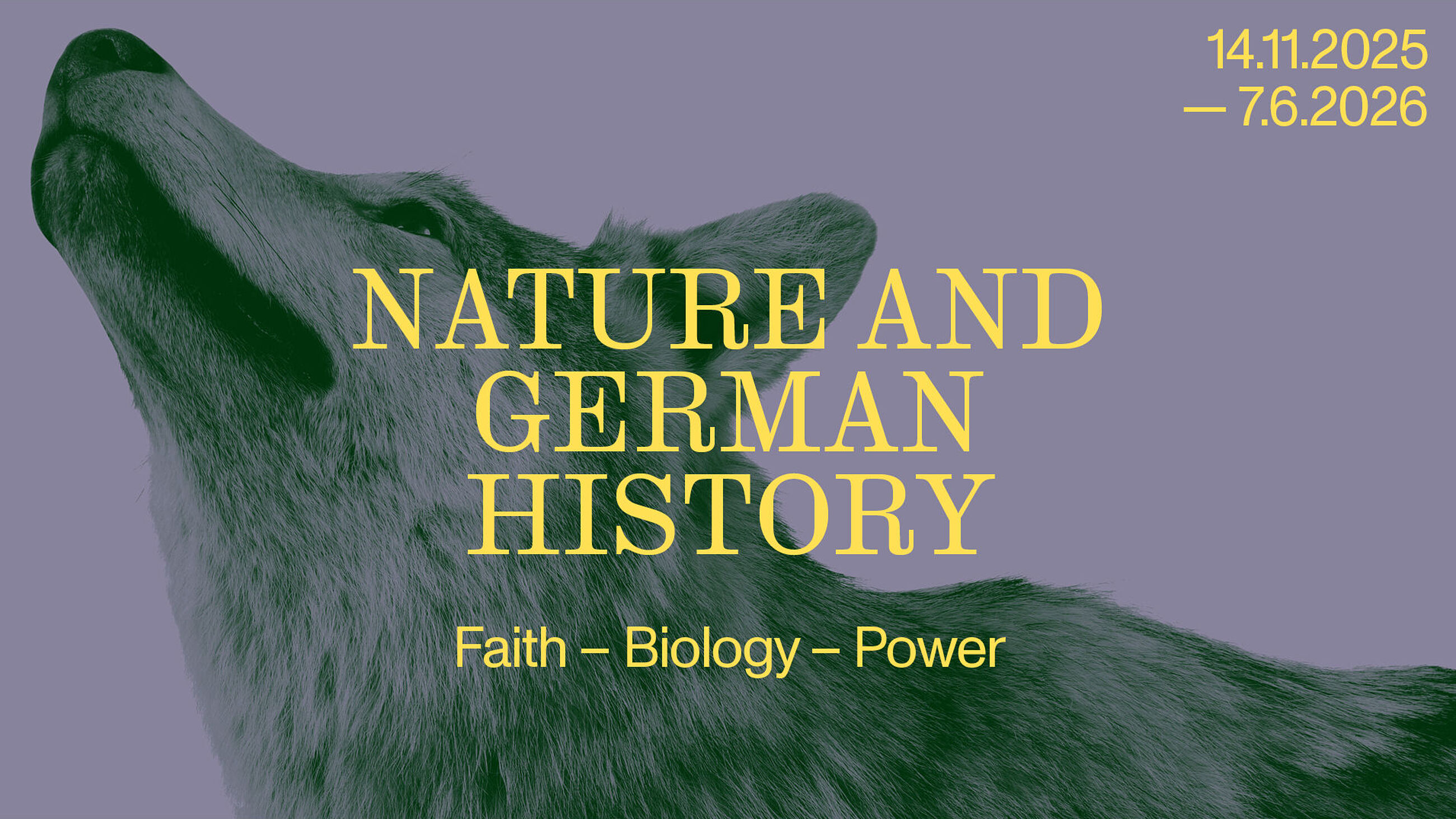
Nature and German History
Faith – Biology – Power
Pei Building, First floor
The exhibition looks back at 800 years of German history: The spectrum ranges from Hildegard of Bingen’s concept of “viriditas”, the greening power of creation, in the 12th century to the early anti-nuclear movement in Wyhl and the different concepts of nature in the two Germanys towards the end of the 20th century. Moreover, the co-option of what was considered “natural” was one of the ideological tenets of the Nazi dictatorship, which attempted to bring both “external” and “internal” nature under their power of definition and rule by decreeing innumerable laws. The “Nuremberg Laws” and the “Reich Conservation Act” were both enacted in the same year: 1935.
The time periods are presented in five chronologically arranged rooms with different stations. These stations present events or developments in the form of “vignettes” in which the concept of nature was changed or characterised in a striking way. The exhibition focuses on the changing significance and conceptuality of “Nature” and examines it as a political factor in German history. It traces the historical stages of these developments as well as the politicisation and instrumentation of the concept of nature as it unfolded in German history. Who defines what is considered nature? Who can influence it? How does the understanding of internal and external nature vary? And what happens to nature when unforeseen events occur that lead to political actions?
Booking offers
-
![[Translate to English:] Cover der Publikation Natur und deutsche Geschichte]()
Publication
Nature and German History
Published in the series “Naturkunden” by Matthes & Seitz Berlin
-
![Cover of the 6th “Historische Urteilskraft” magazine.]()
Publication
Historical Judgement 06. Magazine of the Deutsches Historisches Museum
The cover story, which will also be published in an English-language supplement, deals with political interpretations of the concept of nature in German history. International experts like Margot Fassler, Annette Kehnel, Stephen Milder and Frank Uekötter examine humanity’s changing relationships with nature, ranging from the works of Hildegard von Bingen in the Middle Ages to the anti-nuclear movement in the 20th century.
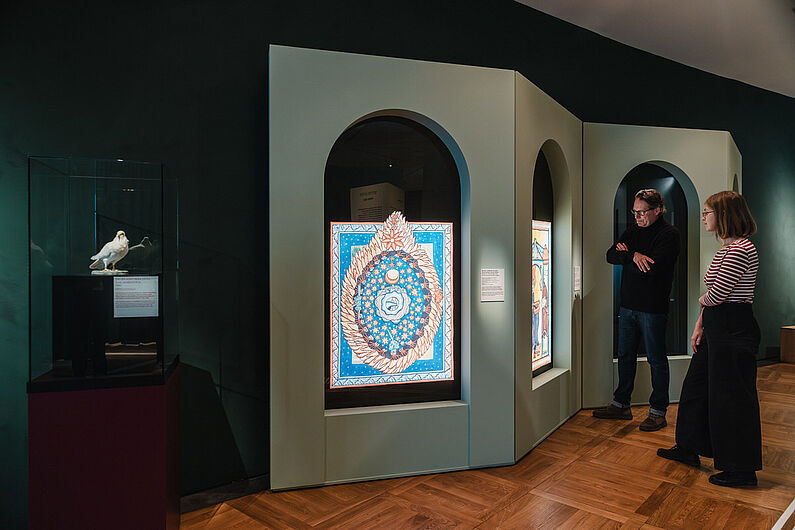



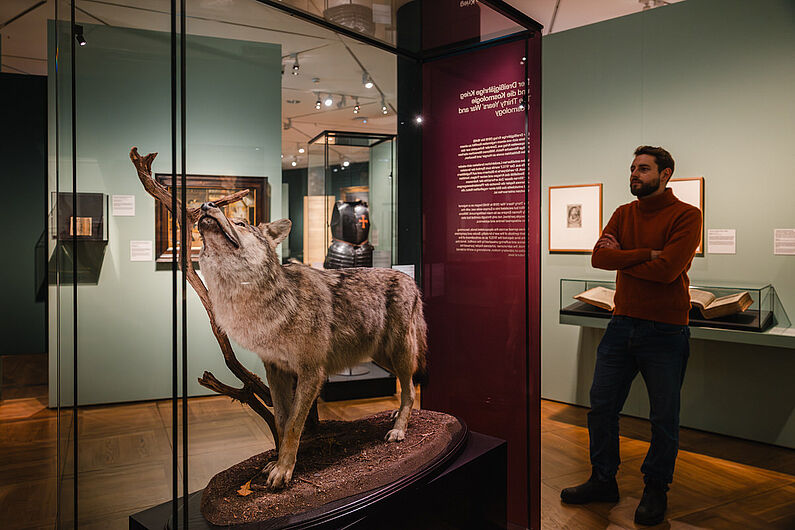
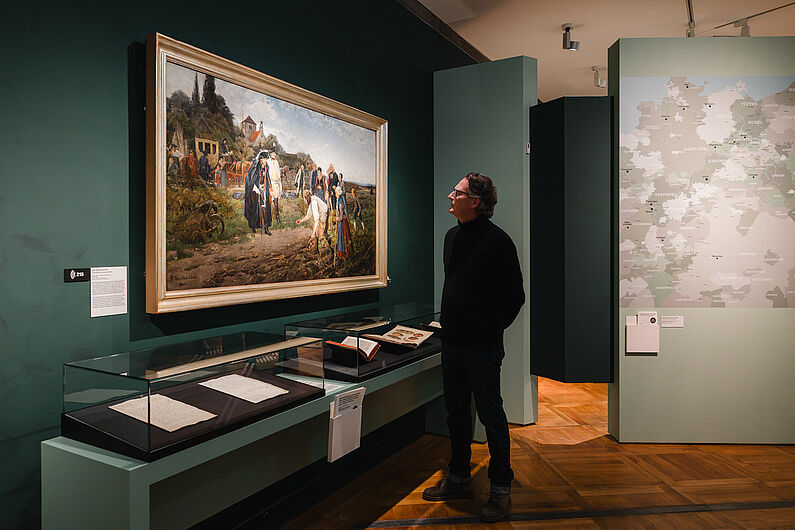
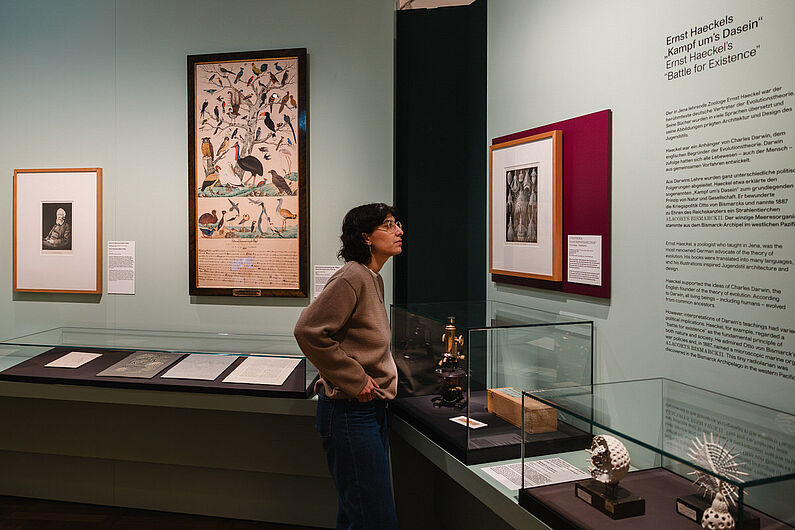

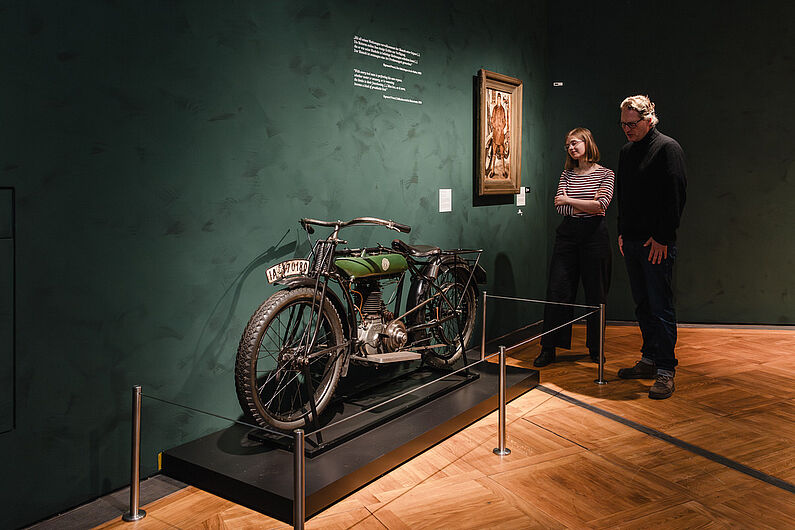
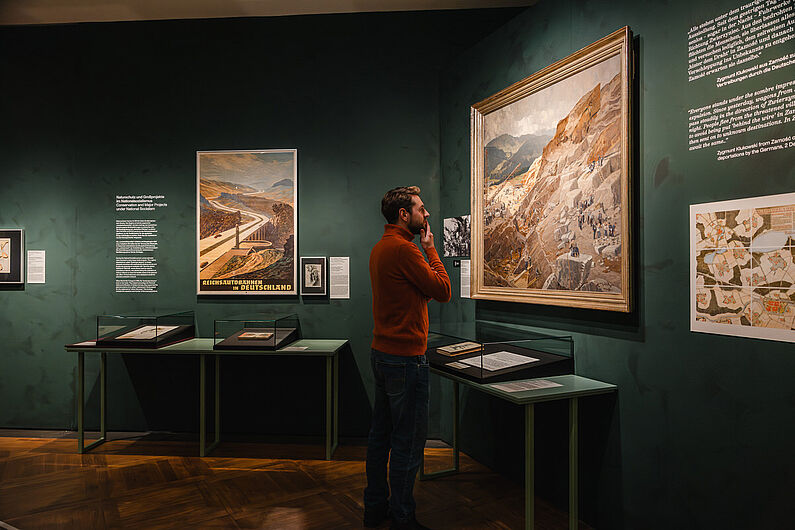
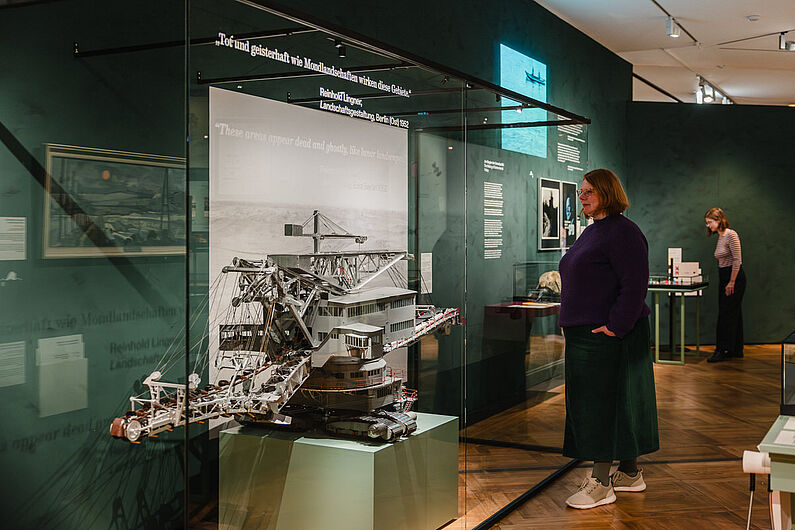

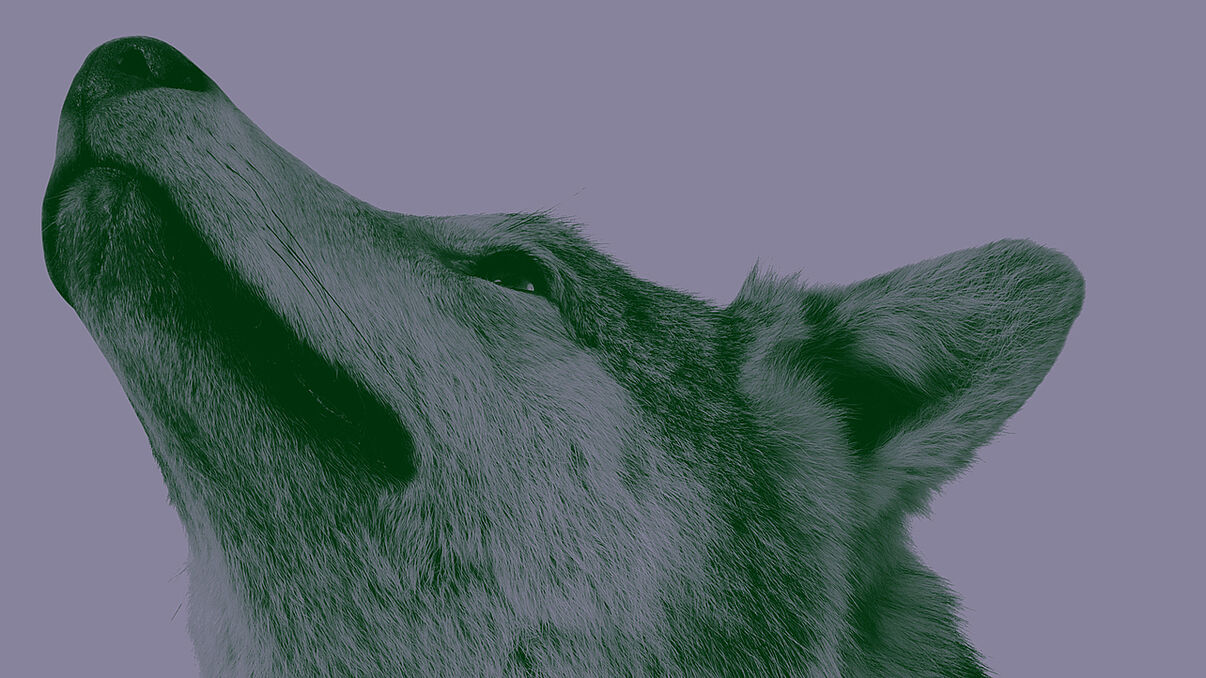
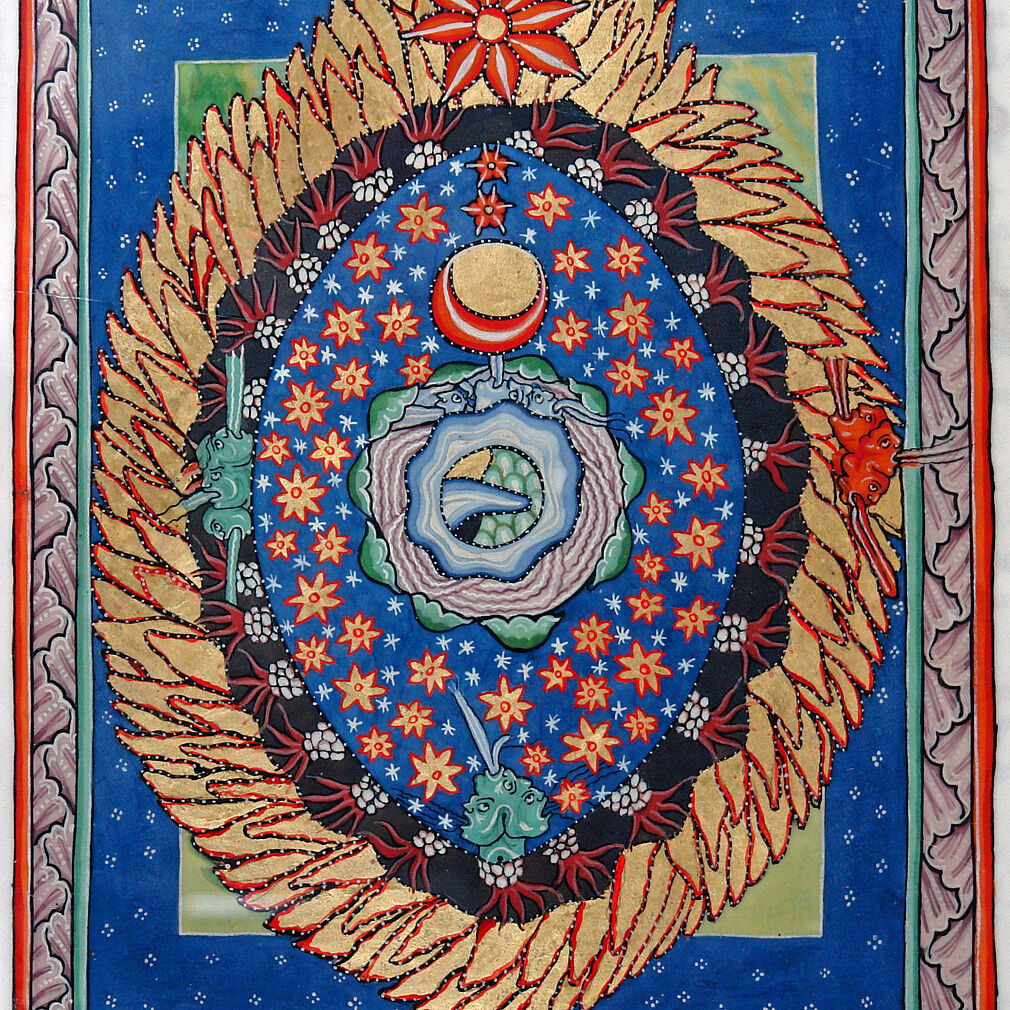
![[Translate to English:] Cover der Publikation Natur und deutsche Geschichte](/assets/_processed_/7/5/csm_MSB_Voss__Gross_Natur_und_deutsche_Geschichte_Cover_0253f18291.jpg)
